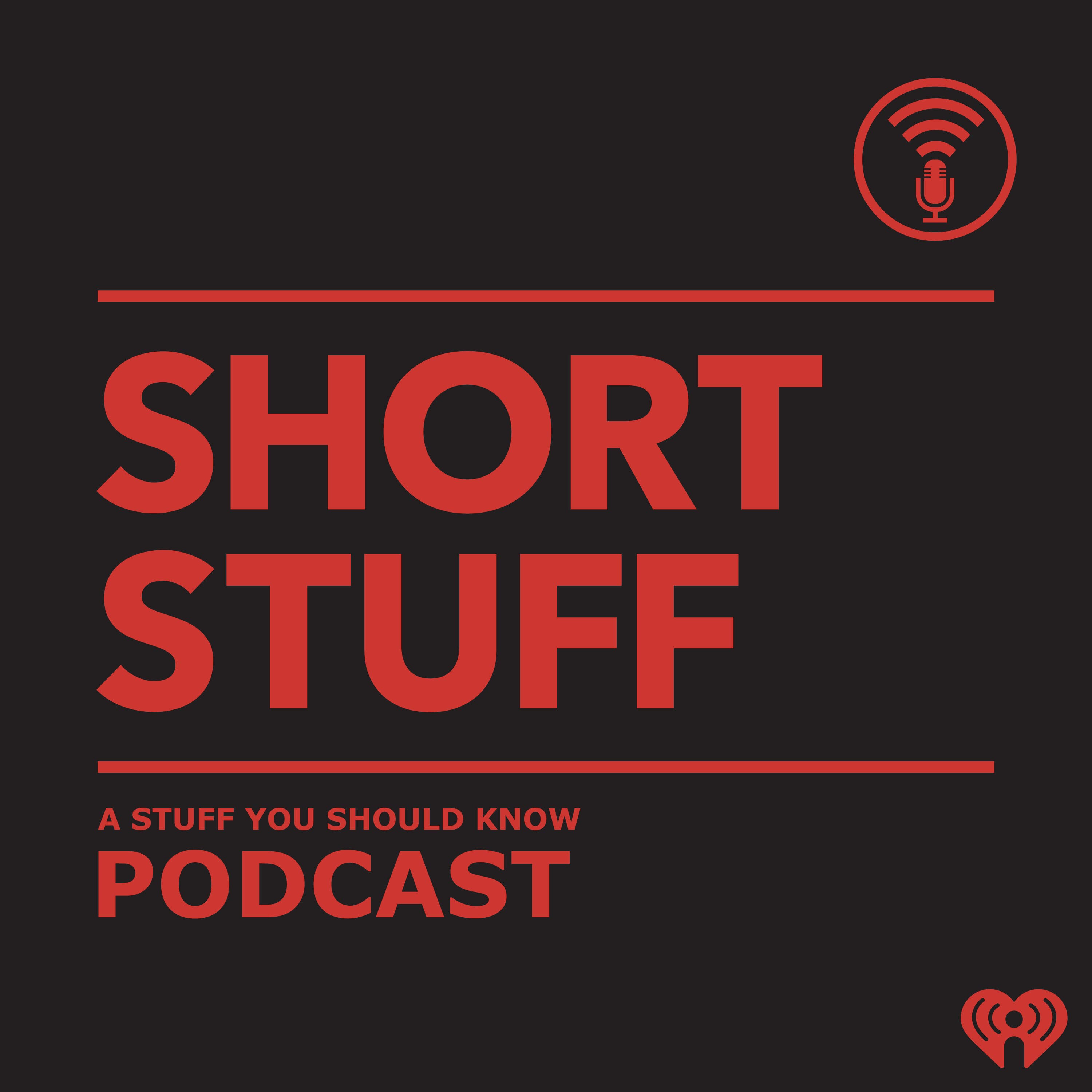Podcast Summary
Exploring Squarespace's Business Analytics and a Fascinating Animal: The Cassowary: Squarespace offers valuable analytics tools for businesses and a free trial, while the Cassowary is a large, dangerous bird native to Australia and a close relative to dinosaurs.
Squarespace not only offers a platform for creating and hosting websites, but also provides valuable analytics tools for businesses to grow. With features like Insights, users can track site visits, sales, and marketing effectiveness to inform improvements and strategies. Additionally, Squarespace offers a free trial and a discount for new customers. On a different note, we also talked about the Cassowary, a flightless bird native to Australia. Known as the most dangerous bird in the world, the Cassowary is a close relative to dinosaurs and is characterized by its large size and distinctive appearance. The Cassowary is the second heaviest bird in the world, surpassed only by the Ostrich. Despite its intimidating reputation, the Cassowary is an intriguing and fascinating animal. Therefore, whether you're looking to optimize your business with Squarespace or learn about unique animals like the Cassowary, there's always something new and valuable to discover.
Similarities in dangerous animals between Florida and Western Australia: People in Florida and Western Australia keep dangerous animals as pets, like the Cassowary, despite the risks to human life.
Florida, despite being located in North America, shares some similarities with Western Australia when it comes to the dangerous and exotic animals that can be found there. One such animal is the Cassowary, a large, dangerous bird native to Southeast Asia that can be kept as a pet in Florida. Despite its appearance, which resembles a dinosaur with its helmet-like head and bristly feathers, the Cassowary is a real-life danger, capable of killing humans. The death of a 75-year-old man in Florida at the hands of his pet Cassowary is a tragic reminder of this. The fact that people in both Florida and Western Australia choose to keep dangerous animals as pets despite the risks is a concerning trend. The Cassowary's tough, keratin exterior and dinosaur-like features make it a fascinating and intimidating creature. While it may not have the horns of a Triceratops, its distinctive helmet and sharp claws are enough to make it a formidable opponent. It's important to remember that these animals, no matter how intriguing they may be, come with significant risks and should be treated with respect and caution.
Meet the Cassowary: A Powerful, Flightless Bird with Deadly Claws: The Cassowary, a large, flightless bird native to Australia and New Guinea, is known for its sharp claws, powerful legs, and intimidating appearance, but is generally peaceful and will only attack when provoked or feeling threatened.
The cassowary, a large, flightless bird native to Australia and New Guinea, is a formidable creature known for its deadly claws and powerful legs. These claws, which can reach up to three to five inches in length, are incredibly sharp and can cause severe damage, even inflicting injuries to internal organs. The cassowary's wings are too small to allow for flight, and its thick, hair-like feathers serve as protection against the dense underbrush and thorns in its forest habitat. One theory suggests that the cassowary's helmet-like head feature, or casque, may help it navigate through the forest without injuring itself or provide additional protection. Despite their intimidating appearance, cassowaries are not aggressive animals and will only attack when provoked or feeling threatened.
Exploring Safe and Fun Social Media Platforms for Kids and Unlocking Creativity for Adults: Kids can enjoy safe and fun social media on platforms like Zigazoo, while adults can unleash their creativity and sell merchandise using tools like Squarespace's Fluid Engine. The risks of cassowary attacks are statistically lower than other common sources.
There are safe and fun social media platforms for kids, such as Zigazoo, which offers moderated content, dance challenges, and built-in privacy protections. For adults, tools like Squarespace's Fluid Engine provide an unbreakable creativity platform to design and sell merchandise through customizable website templates, all with ease and flexibility. Additionally, it's important to note that while the cassowary may have a reputation for being deadly, statistically speaking, the likelihood of harm from a cassowary attack is much lower than from other common sources like dog bites. Overall, whether you're a kid looking for a fun and safe social media experience or an adult seeking to unlock your creativity and sell merchandise online, there are options available to suit your needs.
Cassowary's Interactions with Humans: The cassowary is generally peaceful towards humans but should be given space when guarding eggs. Its waddle can indicate mood and change color. As a keystone species, it plays a crucial role in dispersing fruit seeds and creating diverse habitats.
The cassowary, despite its intimidating appearance and deadly capabilities, is generally not aggressive towards humans. However, encounters should be avoided when they are protecting their eggs. The bird's waddle may serve as a mood indicator, changing color and brightness based on its emotions. The cassowary is also considered a keystone species due to its role in dispersing fruit seeds and creating diverse fruit habitats. Despite its potential danger, the cassowary's unique characteristics and ecological importance make it a fascinating creature.
Interesting Facts About the Cassowary: The Cassowary is a large, unique bird species known for spreading seeds, providing nutrients, and having males raise chicks. However, their populations are declining due to habitat loss and dog attacks, requiring conservation efforts.
The Cassowary is an intriguing and unique bird species with several interesting characteristics. They not only spread their seeds through their droppings but also provide nutrients for plant growth. Cassowaries are also stealthy, with a low call that humans may not hear, but can feel as a chest rumble. They reach enormous sizes, with females weighing around 170 pounds and males 125 pounds. The most surprising fact is that males are responsible for raising the hatchlings, while females mate with multiple males to increase the number of offspring. This setup is beneficial for the species' survival, as it allows for more Cassowary chicks to be born. However, their populations are dwindling due to habitat loss caused by human expansion and dog attacks. Conservation efforts are crucial to protect this fascinating and important species.
Protecting Cassowaries: Saving a Flightless Bird's Habitat: Efforts to buy back native lands and create preserves, along with building nature highways or overpasses, help protect endangered cassowaries from human encroachment and ensure their safety, contributing to biodiversity and preserving the natural world.
The survival of cassowaries, a large, flightless bird native to Australia, is threatened by human encroachment on their habitats. To protect these animals and prevent extinction, efforts are being made to buy back native lands and create preserves, as well as building nature highways or overpasses over roads to ensure their safety. These initiatives are crucial as cassowaries are known to attack smaller individuals, following the law of nature. Their habitats are being destroyed at an alarming rate, and their appearance, with their unique, grass-covered bodies, serves as a reminder of the natural world that could exist if humans were no longer present. The preservation of these animals and their habitats is an essential step towards maintaining biodiversity and preserving the natural world for future generations. For more information on this and other fascinating topics, tune in to Stuff You Should Know, a production of iHeartRadio.






